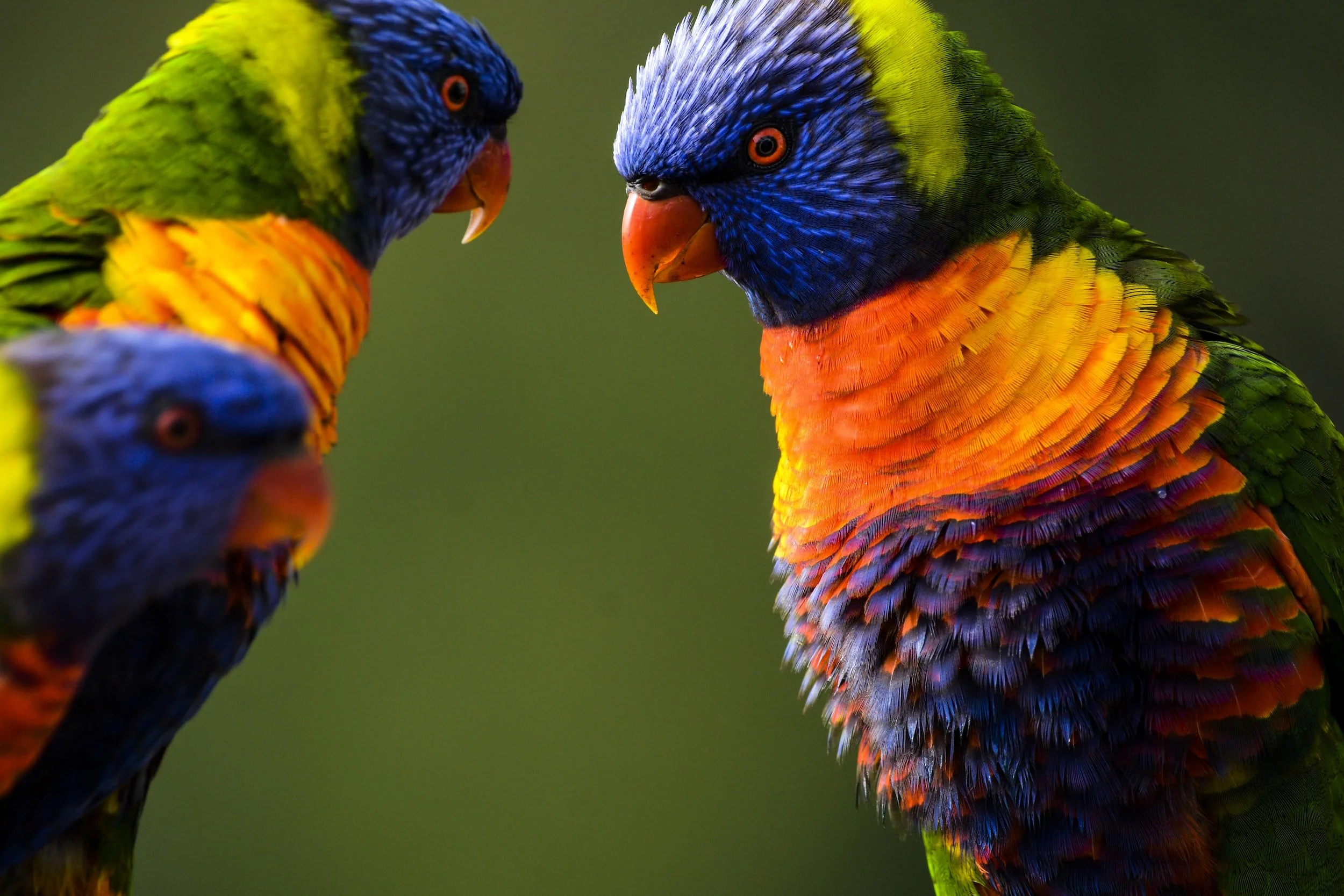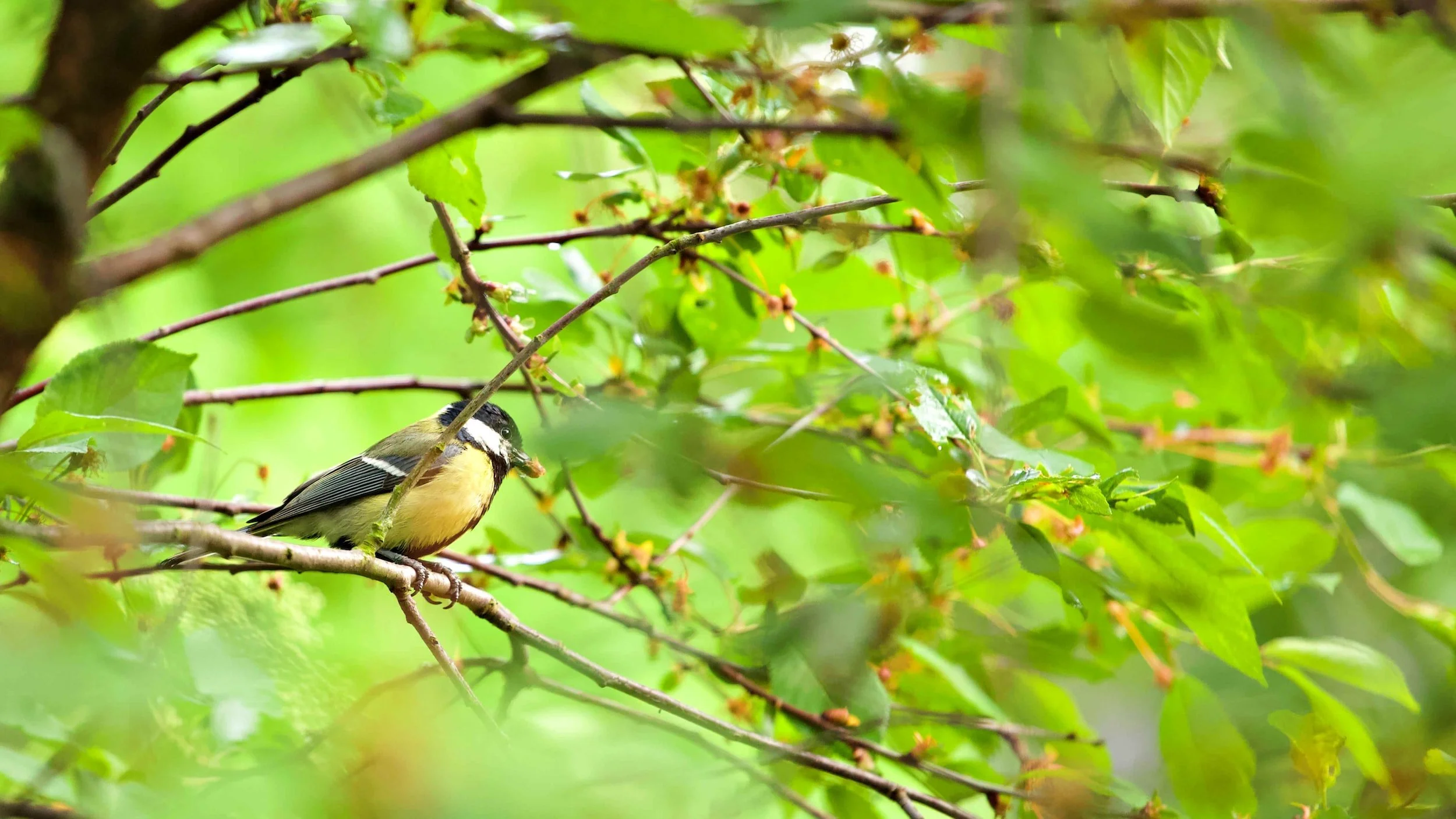Understanding Bird Language: The Five Voices of Birds
Symbology, Significance and Symbiosis
Birds have fascinated humans for centuries; it shouldn’t be difficult to see why.
They’re graceful, beautiful, and possess the otherworldly quality of flight that captures our imagination. Across worldly cultures and traditions, birds have played significant roles in story, mythology, folklore, and the very tangible reality of birds offering cues and teachings about the ordinary, and not-so-ordinary happenings within one’s local ecology.
Norse mythology speaks of Odin and his two Ravens, Huginn and Muninn, who would fly around the world and perch on his shoulders revealing the secrets of the land. Greek mythology speaks of goddess Athena, often depicted with Owl, representing wisdom and intelligence.
In Native American folklore, Woodpecker is an ally to the creation of the flute, and is often considered a messenger and a sign of good luck. Some of the most prominent bird figures in Egyptian mythology included Ibis, Falcon, Vulture and Heron, associated with Thoth, Horus, Nekhbet and Bennu.
The San Bushmen of the Kalahari Desert have stories of developing threads, or ropes, between humans and birds, allowing them to communicate with each other and share knowledge. The Kalahari mob would explain that in order to develop these threads, one must spend time observing and listening to the birds in their natural environment. By paying attention to the different calls and behaviors of birds, they can begin to understand their language and develop a deeper connection with them.
Indigenous Australian wisdom has stories of Bundjil the Wedge-tail Eagle, Waang the Crow, the Black Cockatoos bringing the rains, or the Rainbow Lorikeet, whose colour was drab but song was so bright that other birds conspired to steal his voice away, and upon crying for days on end, the land gifted the bird with rainbow-colour plumage.
Many folk since the dawn of time have known that birds can -and do- act as guides and helpers on our spiritual journeys, providing us with assistance, insights, and wisdom, if only we approach with curiosity and offer our ears and eyes in attention.
Whether through ancient mythologies and cultures, indigenous mob, bird experts, naturalists, trackers, or medicine people world-wide, it’s evident that the significance of birds in these overarching cosmologies highlights their symbolic importance in our connection to our environment, all while deepening our appreciation of the beauties, complexities, and simplicities of the natural world.
The Five Voices of Birds
One of the myriad resources on this topic is Jon Young, a renowned naturalist who has dedicated his life to teaching others about bird language and the art of nature awareness, and author of "What the Robin Knows: How Birds Reveal the Secrets of the Natural World"
In his book, Young describes "The Five Voices of the Birds," which are the different vocalizations that birds use to communicate with each other. Most vocalizations might be considered to be baseline calls, or alarm calls. Baseline calls are when birds are in a relaxed state and are able to feed, prune feathers, dust bathe, and tend to other behaviours from a comfortable state of being. Alarm calls suggest the alternate, such as the presence of predators, or a general nervousness or caution from uncertainty in the environment.
While it’s suggested that there are five primary calls, with each type of vocalization serving a different purpose, we could all appreciate that this is an oversimplification. Bird songs, for example, can contain a myriad of different expressions and specific reasons for singing.
Regardless, understanding these vocalizations can help us to interpret what birds are communicating about the wider environment around us.
The first voice is the song: which is a beautiful and complex melody that male birds use to attract mates and establish territory. Each species of bird has its own unique song, and listening to bird songs can help us become more attuned to the rhythms of nature and appreciate the beauty of the natural world.
The second voice is the companion call: a simple and repetitive vocalization that birds use to keep in touch with each other when they are in close proximity. This call is often used by pairs of birds that are nesting together or by flocks of birds that are foraging together. Learning to identify the companion call can be a useful tool for birdwatchers who are trying to locate a particular species of bird.
The third voice is the territorial call: a loud and aggressive vocalization that birds use to defend their territory from other birds. This call is often used by males during the breeding season and can be used to identify the boundaries of a bird's territory. Understanding territorial calls can help us to understand the social dynamics of bird populations and appreciate the complex relationships that exist between different species of birds.
The fourth voice is the begging call: these calls are often used by fledglings and young birds to elicit food and care from their parents. The calls can be quite loud and persistent, and often have a distinct quality that sets them apart from other bird vocalizations. Begging calls can border on both baseline and alarm, as juvenile birds are less reliable in indicating baseline through begging calls due to their lack of experience. These young birds aren’t yet aware of the potential dangers that their parents are already familiar with. As a result, their begging calls may not accurately reflect the level of safety -or danger- in the environment.
The fifth voice is the alarm call: a loud and distinctive vocalization that birds use to warn each other about disturbances and potential danger. This call can take many different forms, depending on the type of threat that the bird is warning about, and can be used to identify different types of predators. Some alarm calls may counter-intuitively be the pindrop silence that explodes under a forest canopy as a bird of prey glides overhead. Whatever the case, understanding alarm calls can help us to become more aware of the disturbances that come and go that disrupt baseline behaviors and states of being, offering a deeper level of awareness and connection to nature, and, appreciation regarding the vigilance of birds in protecting their communities.
Bird Language: A Glimmer of Remembrance…
For those of you who already have a good understanding of bird songs, you know that there's a whole world of bird language to explore beyond just identifying bird calls.
I’m stating the obvious here, but if you're interested in delving deeper into bird language, the first step is to actually create a bit of space-time to observe the variety of birds in your area, and to start giving attention to the myriad bird calls.
Whether I’m in one of my sit spots (a designated nature area to sit / listen / observe on a regular basis) or out and about, my ears have become attuned to trying to identify the five primary vocalizations that birds might make, the direction that the sounds are coming from, and who it is that’s actually making the call.
Becoming familiar with the different species of birds in your area is a necessity, as (what should be quite obvious) each species has its own set of unique vocalizations and behaviors, and understanding these can help us interpret the meanings behind their calls and movements.
Bird language isn’t solely about vocalizations. Just like other animals, they use a range of body language and behaviors to communicate with each other. Birds might come and go throughout the year as the seasons and the weather changes, whether they’re long-distance migratory birds, largely territorial of their bioregions, or have regular migration and feeding patterns from the nearby forests to the open fields and back again.
It’s a rich and deep world that these feathered companions can invite us towards.
A glimmer of remembrance perhaps, back to an ancient time when our much more nature-connected ancestors might have mimicked the calls of birds as a feedback loop into the development of human language. Or when particular songbirds signaled the arrival of the wild hunt, or the time for foraging and harvesting particular foods. Perhaps a time of symbiotic intimacy, when birds and humans had perculiar partnerships that we can now only dream about.
The great poet Kahlil Gibran might have something to say about this. Let’s rest our wings upon his words as we close this short article out…
"The sparrow that is twittering on the edge of my balcony is calling up to me this moment a world of memories that reach over half my lifetime."



